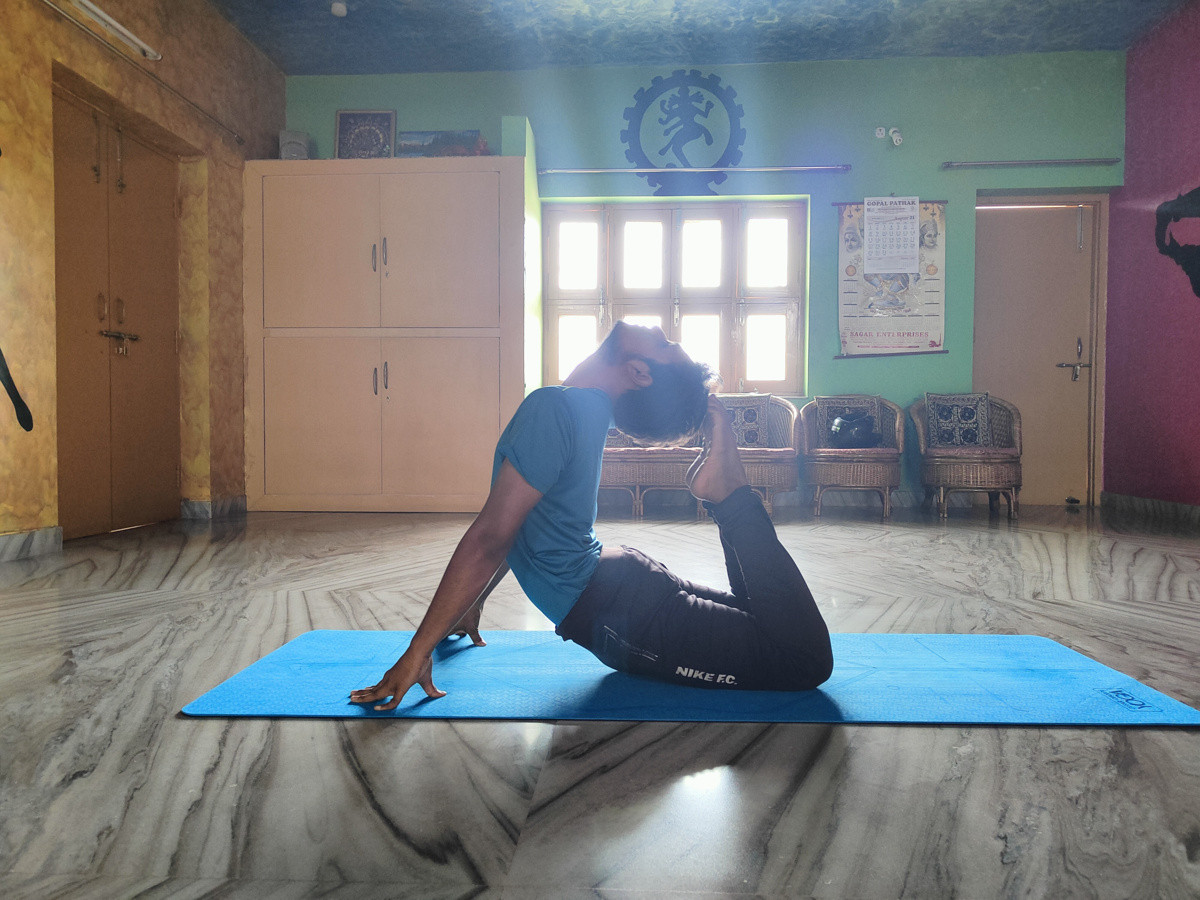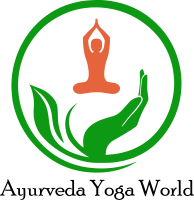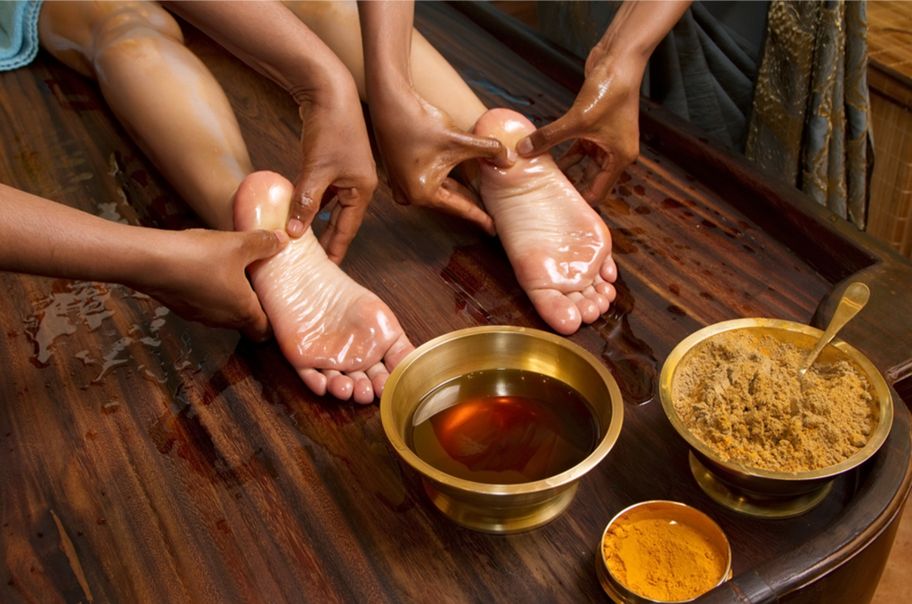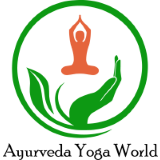
Yoga for Mental Health and Happiness
Author : Rishi Ranjan (RYT 200, PGDY, IYEC, Masters in Yogic Science)
https://www.ayurvedayogaworld.com/listing/rishi-yoga-in-ranchi-india/
Introduction :
Yoga, an ancient cultural heritage of India, understands health and well being as a dynamic continuum of human nature and not a mere ‘state’ to be attained and maintained . Yogi Swatmarama, author of the Hathayoga Pradipika, one of the classical Hatha Yoga texts gives us the assurance, “One who tirelessly practices Yoga attains success irrespective of whether they are young, old decrepit, diseased or weak”.
The Bhagavad Gita (II: 48) defines Yoga as samatvam meaning thereby that Yoga is a harmonious and balanced state of equanimity or equipoise at all levels.
Maharishi Patanjali’s definition of asana (sthira sukham asanam- Yoga Darshan II:46) implies this dynamic state of steady well being at all levels of existence . He also goes on to say that through the practice of asana we can attain a state that is beyond dualities leading to harmonious and serene calmness (tato dvandva anabhighata- Yoga Darshan II: 48). We can even gain unexcelled happiness, mental comfort, joy and satisfaction by practicing contentment, (santoshat anuttamah sukha labhah– Yoga Darshan II: 42) one of the five ethical observances or niyamas.
Some Yogic tools for mental health and well- being :
Tools to induce psycho-physical harmony :
Asana-s (static postures), kriya-s (systematic and rationale movements), mudra-s (seals of neuromuscular energy) and bandha-s (locks for neuromuscular energy) gently stretch and strengthen the musculoskeletal system in a healthy manner. They improve mobility and flexibility of the different joints and groups of muscles.
Contemplation, relaxation and meditation :
There are a great many Jnana Yoga and Raja Yoga techniques of relaxation and visualization that are useful. Other practices such , as trataka , pranayama, pratyahara, dharana as well as dhyana may also be utilized.
Enhancing spiritual awareness :
Yoga is the best way for us to consciously evolve out of our lower, sub-human nature, into our elevated human and humane nature
Relieving suffering and pain :
In the Bhagavad Gita (VI:23), Yoga is also defined as “dukkhasamyogaviyogam yoga samjnitham”, the conscious disassociation from union with suffering (Chidbhavananda, 1984; Bhavanani, 2013). Yoga improves pain tolerance and provides an improved quality of life.
Conclusion :
Yoga is the original mind body medicine and is one of the greatest treasures of the unique Indian cultural heritage. Yoga is a system of practice consisting of eight levels of development in the areas of physical, mental, social and spiritual health, with its ultimate goal of self-realization or realization of the divine within us, ie. union of our self consciousness with supreme consciousness. When the body is physically healthy, the mind is clear, focused and stress is under control. Each asanas, mudras or pranayama activates a special part of the body or organ and open the energy channels and psychic centers. This helps us to get exact result out of it or a specific effect after practice.







